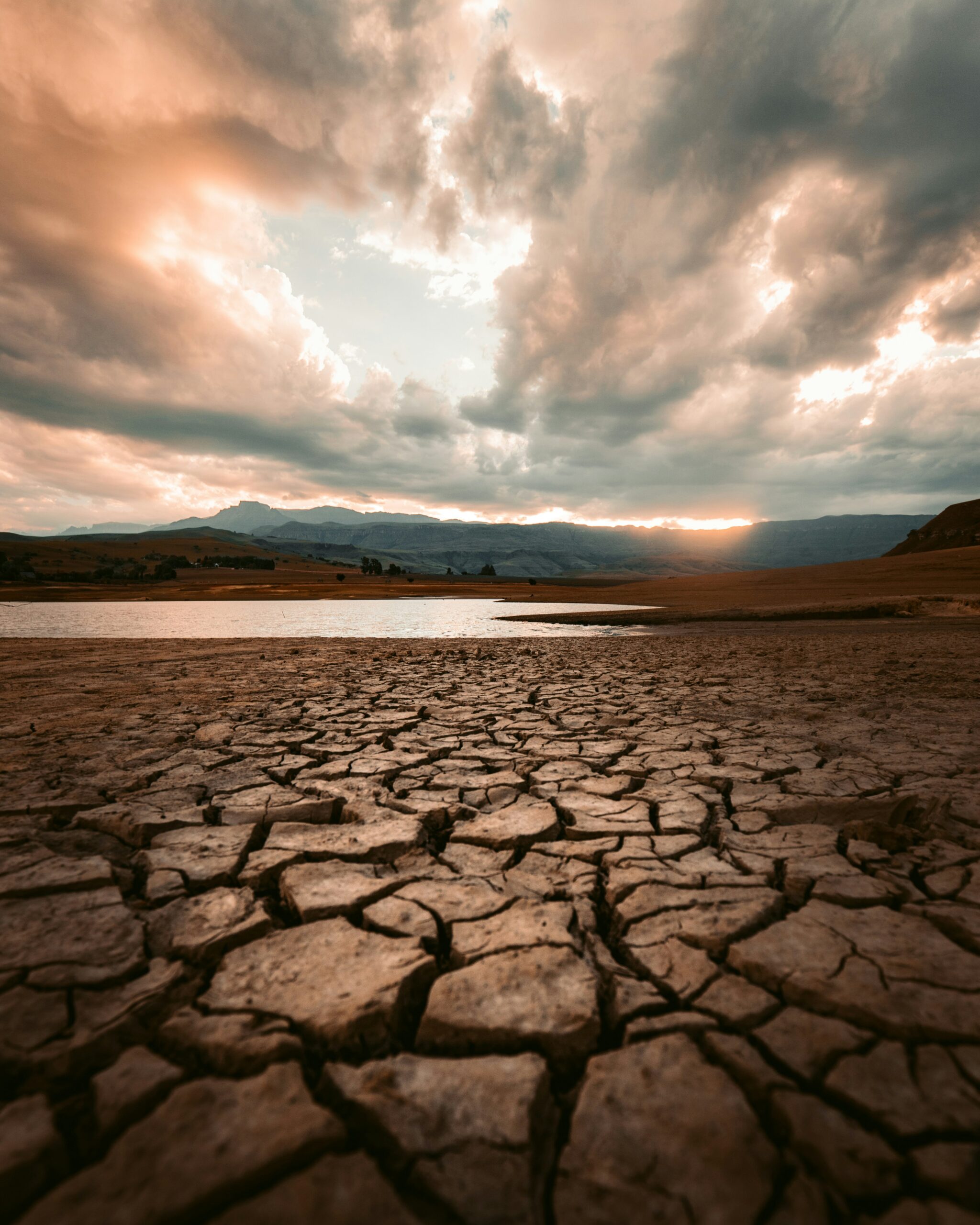
Shocking! IMD Data Shows 125 Districts in India Grappling with Drought
India, a country known for its diverse climate and monsoon rains, is currently facing a severe drought situation. According to the latest data released by the Indian Meteorological Department (IMD), a staggering 125 districts across the country are grappling with drought conditions. This news has sent shockwaves throughout the nation, as it highlights the vulnerability of our agricultural sector and the impact it could have on the lives of millions of people.
The Impact on Agriculture
Agriculture is the backbone of India’s economy, employing a significant portion of the population and contributing to the country’s GDP. However, the lack of rainfall in these 125 districts has led to a significant decline in agricultural productivity. Crops have withered, and farmers are struggling to make ends meet. The drought has not only affected the livelihoods of farmers but also disrupted the supply chain, leading to rising food prices and food insecurity in these regions.
The IMD data shows that the drought conditions are particularly severe in states like Maharashtra, Karnataka, Telangana, Andhra Pradesh, and Gujarat. These states are known for their agricultural output, and the drought has dealt a severe blow to their economies. Farmers in these regions are facing immense challenges, with many of them being forced to abandon their land or migrate to cities in search of alternative livelihoods.
The Water Crisis
One of the most significant consequences of the drought is the water crisis that has engulfed these districts. With limited rainfall, water sources such as rivers, lakes, and reservoirs have dried up, leaving people without access to clean and safe drinking water. The scarcity of water has also affected sanitation and hygiene practices, leading to an increased risk of waterborne diseases.
The government and local authorities are making efforts to address the water crisis by implementing various measures such as water conservation, rainwater harvesting, and providing alternative sources of water. However, the scale of the problem requires sustained and coordinated efforts from all stakeholders.
The Need for Immediate Action
The current drought situation in India calls for immediate action to mitigate its impact and prevent further escalation. Here are some key steps that need to be taken:
1. Drought Relief Measures:
The government should provide immediate relief measures to affected farmers, including financial assistance, access to credit, and subsidies for seeds and fertilizers. This will help them recover from the losses incurred due to the drought and enable them to resume agricultural activities.
2. Water Management:
Efficient water management is crucial in tackling the drought crisis. The government should invest in water conservation projects, promote efficient irrigation techniques, and encourage farmers to adopt sustainable farming practices. This will help in reducing water wastage and increasing the overall water availability in these regions.
3. Diversification of Livelihoods:
It is essential to explore alternative livelihood options for farmers in drought-affected areas. This could include promoting agro-based industries, skill development programs, and creating employment opportunities in non-agricultural sectors. Diversification of livelihoods will reduce the dependency on agriculture and make communities more resilient to drought conditions.
4. Awareness and Education:
Creating awareness about the impact of drought and the importance of water conservation is crucial. Educational campaigns should be conducted to educate farmers and the general public about sustainable farming practices, water-saving techniques, and the need for responsible water usage.
5. Long-term Planning and Preparedness:
Droughts are recurring phenomena, and it is essential to have long-term planning and preparedness in place. This includes developing drought-resistant crop varieties, improving early warning systems, and establishing effective drought monitoring and management mechanisms.
Conclusion
The IMD data revealing the drought situation in 125 districts of India is indeed shocking. It highlights the urgent need for action to address the challenges faced by farmers and the affected communities. By implementing immediate relief measures, efficient water management strategies, diversification of livelihoods, awareness campaigns, and long-term planning, we can mitigate the impact of drought and build a more resilient agricultural sector in India.


